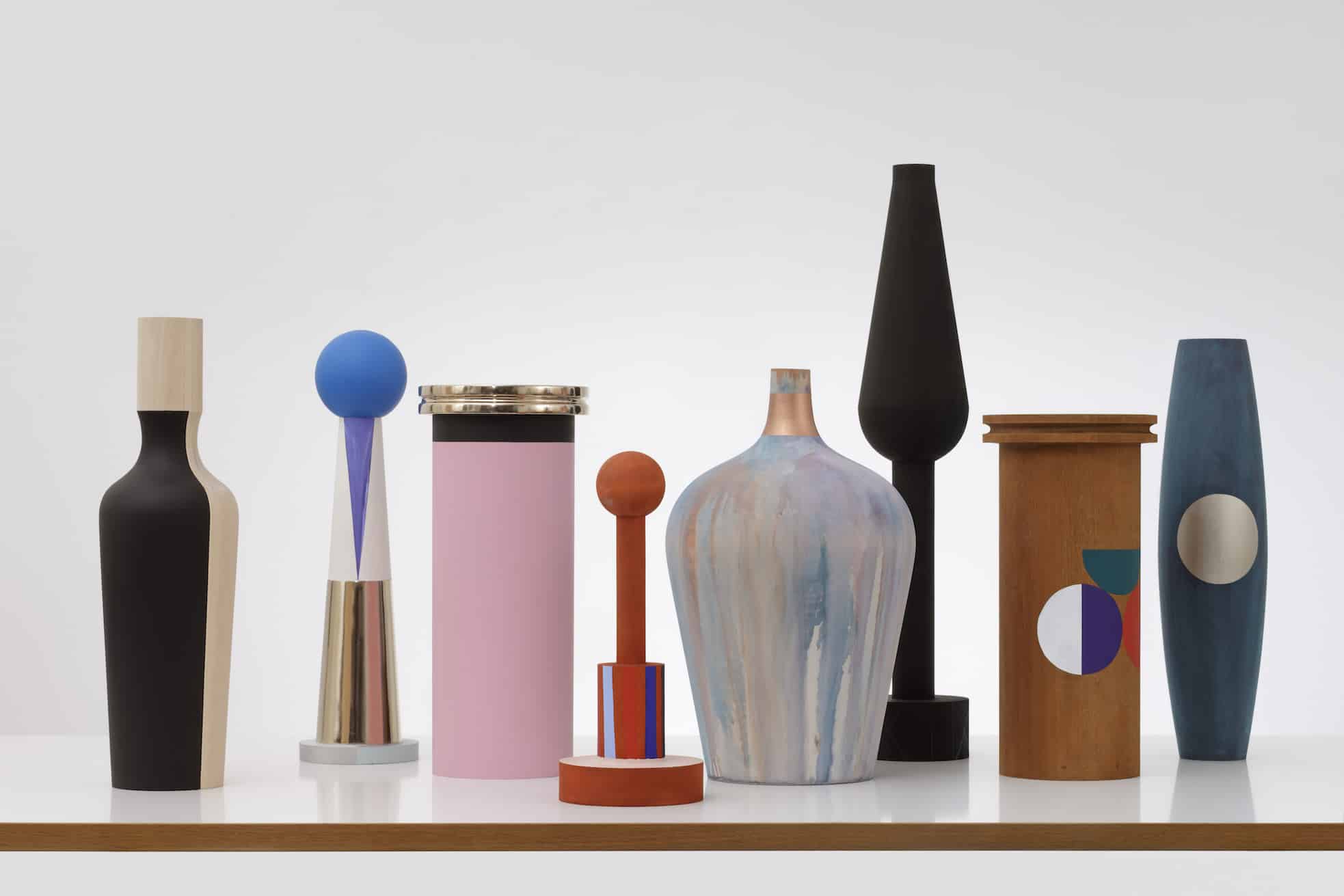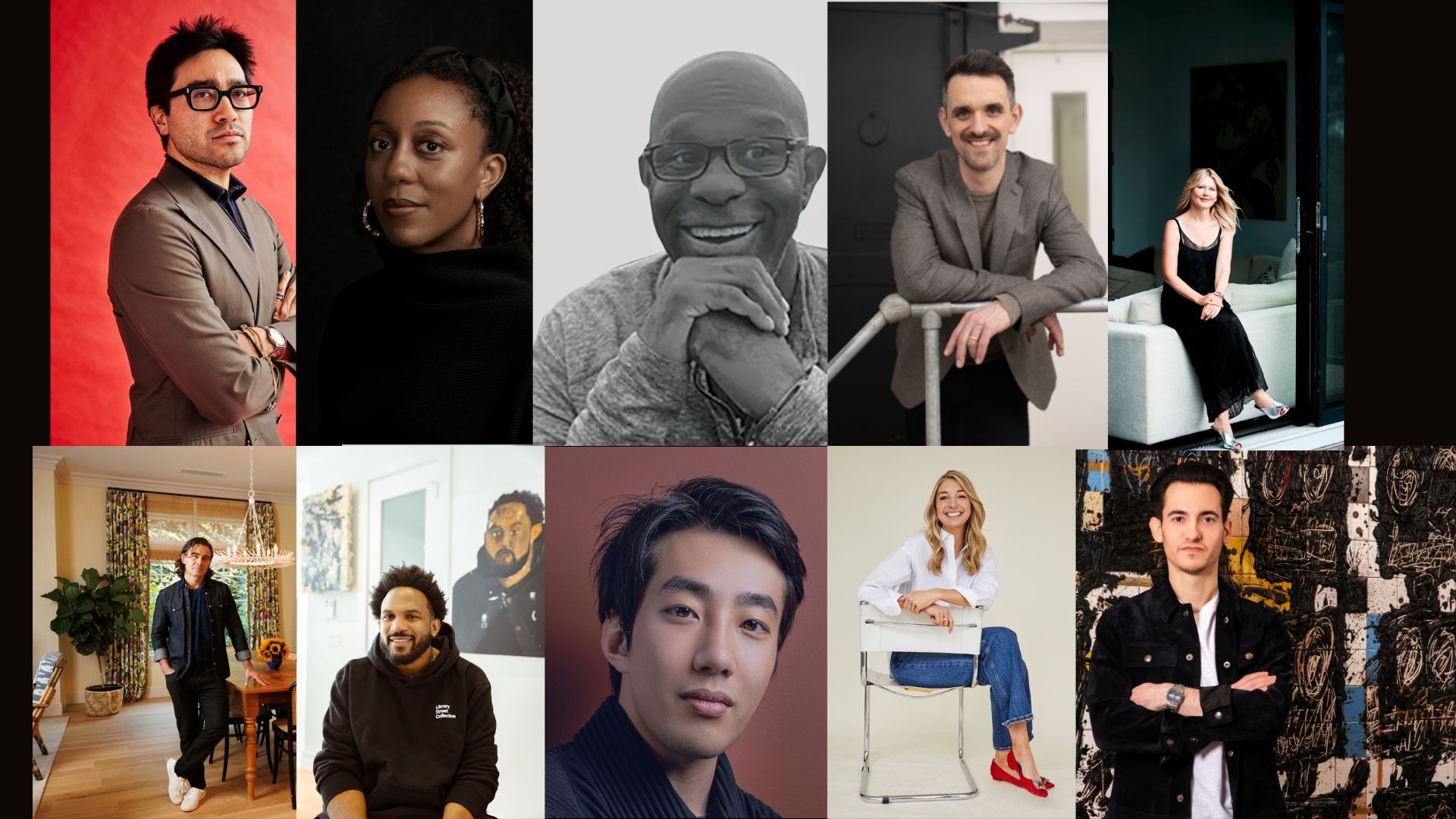“I’m a control freak,” says Barry X Ball, whose stone portrait sculptures were unveiled at the Bass Museum of Art in Miami Beach on December 6th in an exhibition titled “The Endless Renaissance, Six Solo Artist Projects,” which marks a thoughtful curatorial shift for the institution known for its blockbuster group shows. This time around, Bass selected six artists whose work pushes tradition into the contemporary, including Eija-Liisa Ahtila, Walead Beshty, Ged Quinn, Hans-Peter Feldmann, and Araya Rasdjarmrearnsook— a move which aligns itself with the institution’s own mission of “exploring the connections between our historical collection and contemporary art.” Ball’s own stone sculptures, which in subject, material and composition hark back to the skilled hands of Bernini, Canova, and Michelangelo, continues, “but then, I use these materials that are out of control. Despite all my efforts to wrestle the material into submission it exerts itself.”
Ball initially began as a painter, but yearned to push his practice. Engulfed in a dinner conversation fueled by a few glasses of wine with Italian art-worlders in Venice, he had a revelation: “Rather than just being influenced by ancient art, I’d like to work with it directly.” So Ball plunged into sculpture, specifically in stone, about 15 years ago — a time frame that according to his children’s madcap Russian piano teacher says, “you can finally be creative, ” — Ball adds, “I always felt it was my job to get my technical stuff together and then I could start to make art.” Now, Ball is reaching his stride, as evinced by the works in the Bass exhibition. His sculptures, made of unexpected materials, such as Pakistani and Mexican Onyx, Calcite, and black Belgian marble, feature “artists, art world friends, or people whose work I liked, like Matthew Barney and Bill Jensen.” While his sculptures can be read as a reinterpretation or reissue of the classical form, Ball’s works are inherently new and hint at humor — but like tradition, they don’t need a playbook. “I hope my work is like the objects that have changed my life,” he says. “I want them to be where you don’t need to say anything, where words just fall away.”
The Bass Museum is located at 2100 Collins Avenue. bassmuseum.org










